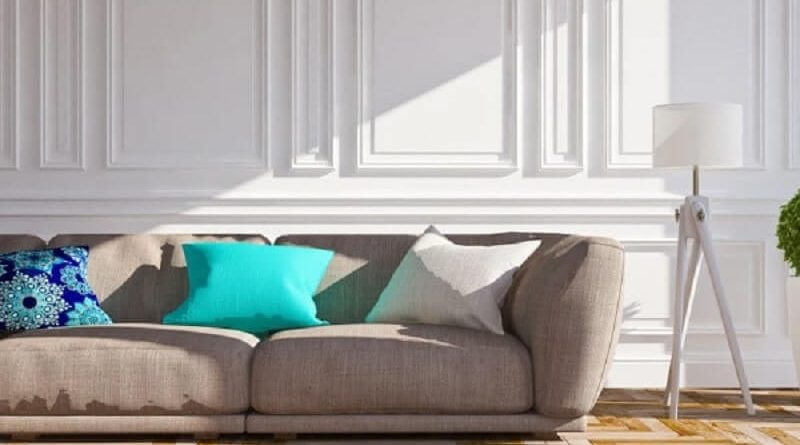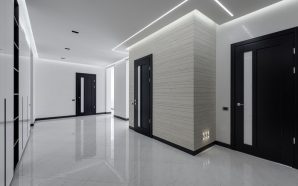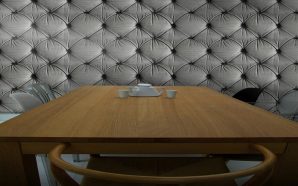Wall paneling- a décor element, originally used as extra insulation for homes and to hide any flaws, pipes or wiring that was visible, is today a popular step in interior decoration.
The beautiful plain, textured or design carved panels of wood, PVC, fabric, or vinyl make your indoors come alive, add charm to your homes and complement every architectural style.
Before you get on it, there are certain factors that you need to consider and some characteristics of panels that you need to understand.
We have created a detailed guide to the perfect wall paneling system.
Check out our Wall paneling 101 to help you out with the entire décor project from start to end.
1. Advantages of wall paneling
If you are thinking of redecorating your home, wall paneling is a great option and certainly less expensive than putting wallpapers or painting all the walls. Moreover, the latter can get damaged easily. Paper and paint also need regular maintenance. Panels, on the other hand, provide a protective layer to your walls and increase their life. You can also easily hide any scratches, marks or indentations on the walls.
Wall paneling can give your homes a rich look without spending too much. It will make it seem like you have really put a lot of thought and effort into your home interiors.
2. Materials
As opposed to solid wood, which was once the only and later one of the most popular materials for wall panels, today homeowners have a huge choice when it comes to panel materials. Hardboard panels, pegboard panels, PVC, MDF, vinyl are all available in different sizes and colors, to match perfectly with your interior colors. You could also opt for panels that have designs or texture on them for a unique effect.
3. Types of panels
Wainscoting is one of the popular types of wall panels, made out of synthetic material and patterned with designs and carving. This is generally used on the lower part of the walls. But it can change depending on your requirements.
Decorative panels are also available in laminate, stainless steel, and plastic.
Tileboard panels are made out of melamine or resin and look similar to ceramic tiles. These are affordable and easy to install option over actual tiles. Tileboard panels are easy to clean as well, as there are no grout lines.
Utility paneling or pegboard is made up of perforated hardboard and has rows of small holes that could be used to hang objects. This paneling is usually used in kitchens or garages.
If you are looking for noise reduction, acoustical panels made from foam absorb sound well and are commonly found in schools, hotels or auditoriums. These can even be installed temporarily.
4. Step by step installation
There are four easy steps to panel installation and with the right materials and tools, you can do this yourself.
Buy the boards or sheets, prepare the wall by marking the locations and ensuring it is flat; measure and cut the panels and attach them with adhesive.









